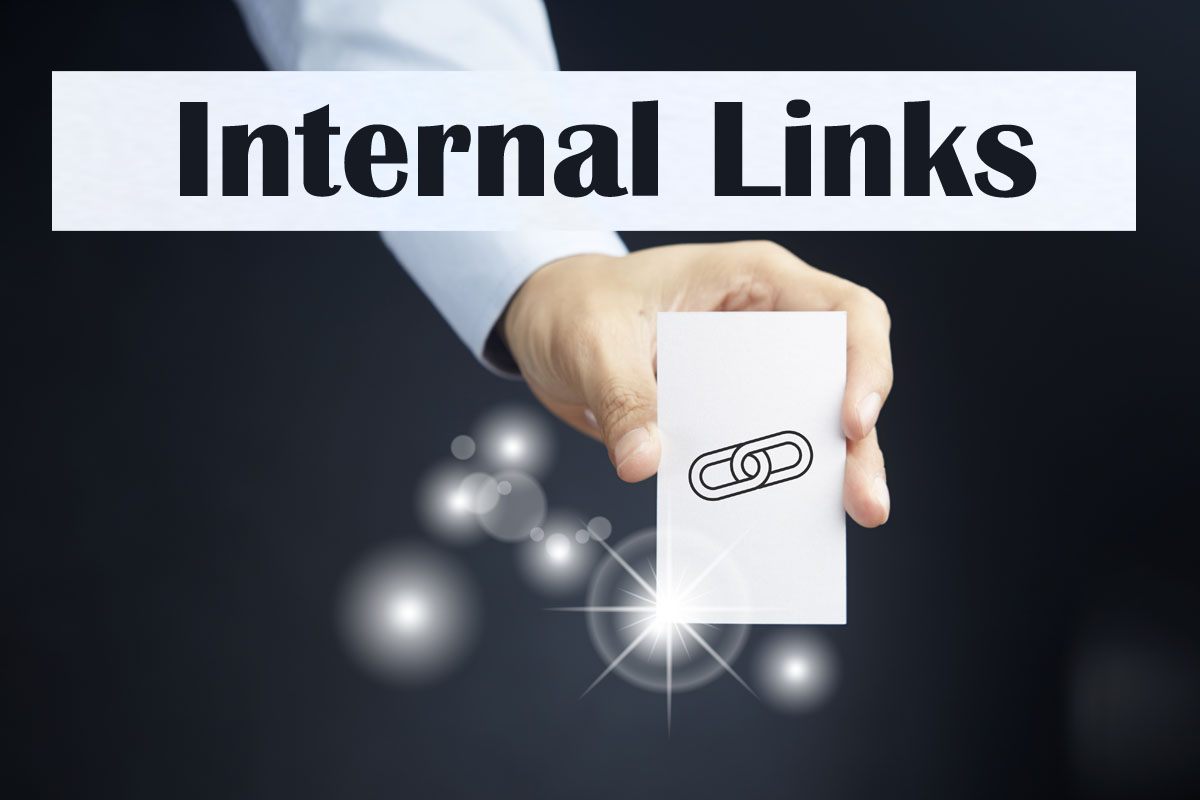Internal Link – Definition, Importance, Optimal Internal linking, and More
What is an Internal Link?
Internal link refers to those links that link within a website to other internal pages. On the one hand, this includes the navigation links such as the header, the sidebar, or the footer. However, links in the running text that refer to internal pages are also part of the internal linking. As an essential component of on-page optimization, internal linking is one of the foundations of search engine optimization and, together with external linking, forms the discipline of link SEO.
The Importance of Internal Links for Seo
Links are among the most important of Google’s more than 200 ranking factors, and their importance for SEO is correspondingly high. Google has always used links (especially backlinks ) to determine the “value” of a website and its ranking. Internal linking offers many aspects that make it particularly interesting for SEOs:
• Control: while external links can sometimes cause damage ( bad neighborhood ), you determine the home and target pages for internal links yourself.
• Safe anchor texts: after the Penguin update, anchor texts (keyword money keywords) have become a risk. However, this only applies to external links.
• Usability: internal linking, if placed wisely, can improve the usability of the entire website.
• Internal links for the Google Bot: External links can only be implemented to a limited extent, especially on pages with many subpages. This makes internal links all the more important to point Google’s crawlers to their own subpages.
What Does the Optimal Internal linking look like?
Internal linking is, to a certain extent, determined by the user. If there is a high probability that he will click the link, the “importance” of this link also increases. Simultaneously, the links should navigate the visitor sensibly through the website. There are therefore a few points that define a successful internal link:
Placement: in the content, i.e., in the text, links are ideally place in the user’s field of vision. Ideally, they are place at the beginning of the SEO text.
Context: Links should always have added value for the website visitor. They should therefore be directly related to the side.
Siloing: this technical term describes the division into subject areas in order to support the user on the chosen path instead of distracting him.
Anchor text: this should reflect the expected content as clearly as possible. Ideally, anchor texts that are too similar are avoiding on different target pages.
“Readable” links: Javascript links are often not readable for Google’s crawlers. This makes you useless from an SEO perspective. Beware: anyone who tries to keep the number of links small in this way will almost certainly be punish by Google in the near future (Black Hat SEO).
“Visible” links: Links should also be recognized as such for the user; underscores or colored markings are a must.
Control: Regularly checking whether internal links link to error pages ( 404s, 500s) is mandatory. Useful tools like Xenu’s Link Sleuth help find the malware.
Avoid multiple links: Linking several times in the text to the same page does more harm than good.
Apart from these factors, it is, of course, essential to understanding the term link power.
Link power with Internal Links
The “value” of a link has many nicknames in SEO circles: Linkjuice, Pagerank, Linkkraft, or Link power. This value is primarily determined by the number of “high quality” links on the page. If a page is linked accordingly often from the outside, she has link power.
It now forwards this to the links on it. For example, if a page has the fictitious value ten and five internal links, each of the five links receives a link power of two. Therefore, it plays an important role and how many internal links are on a page because the link juice needs to be distributed. In general, it is vital to keep an eye on the number of links, especially in the navigation (e.g., footer); a lot of link power is often lost. The NOFOLLOW attribute does not offer any remedy, the link juice of the link is simply destroyed.
Conclusion
Internal linking is one of the pillars of successful search engine optimization. Thanks to the clever structure, the desired pages can be place at the top of the ranking, and users can find their way around the page more easily. Subsequent optimization is always worthwhile, but smart SEO lays the basis for successful internal linking as early as the conception of the website.

